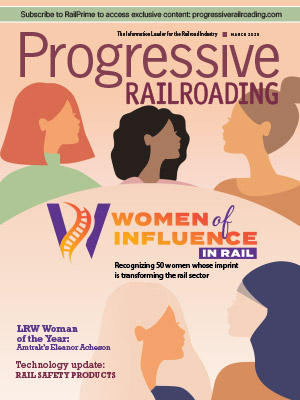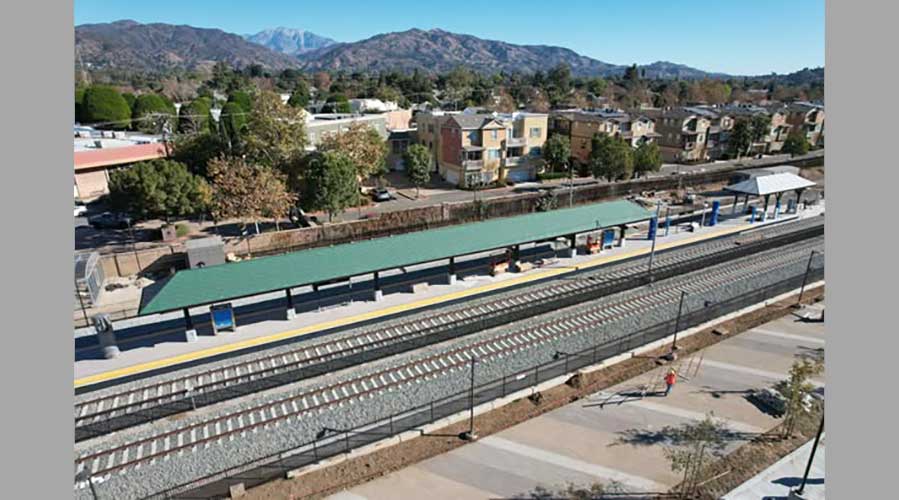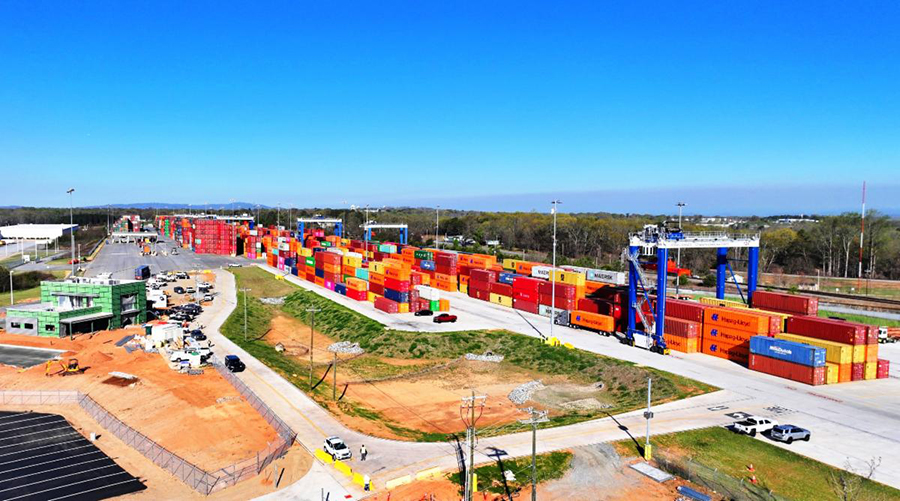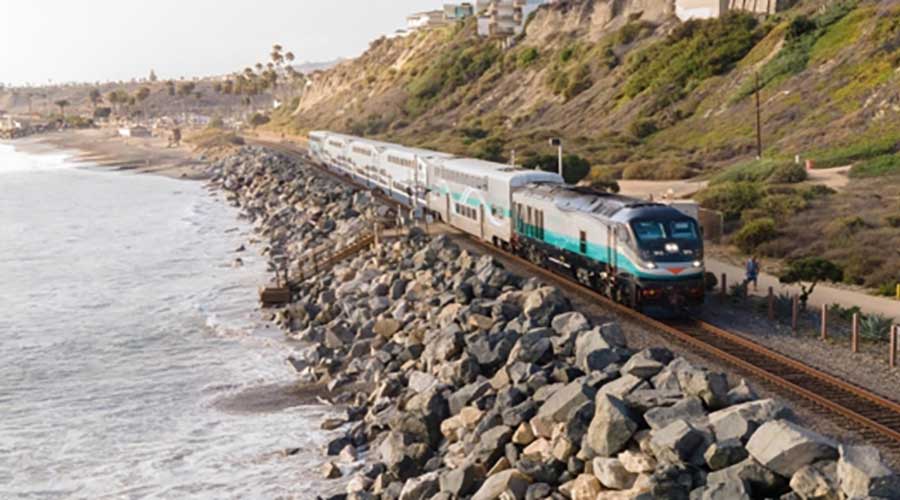Newsletter Sign Up
Stay updated on news, articles and information for the rail industry
Stay updated on news, articles and information for the rail industry
Rail News Home
Rail Industry Trends
Rail News: Rail Industry Trends
5/15/2008
Rail News: Rail Industry Trends
USDOT: Train accident decline can be traced to national rail safety plan
advertisement
During the past three years, the number of train accidents has decreased 23.3 percent in part because of the U.S. Department of Transportation's National Rail Safety Action Plan, according to U.S. Transportation Secretary Mary Peters.
Launched in May 2005, the action plan focused on reducing the most frequent and highest-risk train accident causes; accelerating research to strengthen tank cars carrying hazardous materials; addressing the effects of fatigue on train crews; enhancing grade crossing safety; and using data to better direct federal inspection resources.
From 2004 to 2007, the Federal Railroad Administration (FRA) noted an across-the-board decline in every cause of train accidents, including the two largest — human factors and rail flaws, which decreased 27.2 percent and 13.8 percent, respectively. In addition, the FRA recorded a 10.9 percent drop in grade crossing collisions, 8.9 percent decrease in crossing fatalities and 25 percent decline in the train accident rate, which in 2007 reached a 10-year low at 3.3 accidents per million train miles.
"Our focus will now turn to developing a risk-reduction strategy to further drive down the number of train accidents," said FRA Administrator Joseph Boardman in a prepared statement.
The risk-reduction approach will help railroads and the FRA identify, analyze and correct safety issues before they result in a train accident or employee injury, he said, adding that the FRA's ongoing Confidential Close Call Reporting System demonstration project is one example of the approach.
Launched in May 2005, the action plan focused on reducing the most frequent and highest-risk train accident causes; accelerating research to strengthen tank cars carrying hazardous materials; addressing the effects of fatigue on train crews; enhancing grade crossing safety; and using data to better direct federal inspection resources.
From 2004 to 2007, the Federal Railroad Administration (FRA) noted an across-the-board decline in every cause of train accidents, including the two largest — human factors and rail flaws, which decreased 27.2 percent and 13.8 percent, respectively. In addition, the FRA recorded a 10.9 percent drop in grade crossing collisions, 8.9 percent decrease in crossing fatalities and 25 percent decline in the train accident rate, which in 2007 reached a 10-year low at 3.3 accidents per million train miles.
"Our focus will now turn to developing a risk-reduction strategy to further drive down the number of train accidents," said FRA Administrator Joseph Boardman in a prepared statement.
The risk-reduction approach will help railroads and the FRA identify, analyze and correct safety issues before they result in a train accident or employee injury, he said, adding that the FRA's ongoing Confidential Close Call Reporting System demonstration project is one example of the approach.


 LRW Honors Amtrak’s Acheson As Railway Woman Of The Year
LRW Honors Amtrak’s Acheson As Railway Woman Of The Year
 From Editor-In-Chief Foran: Of Gender Equity And Inclusion
From Editor-In-Chief Foran: Of Gender Equity And Inclusion
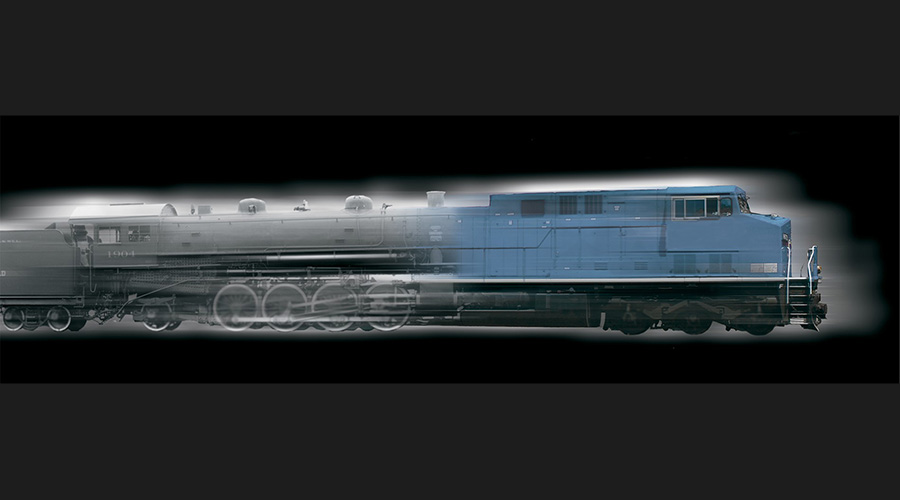 Spotlight On Some Of Today’s Rail Safety Products
Spotlight On Some Of Today’s Rail Safety Products
 Women of Influence in Rail eBook
Women of Influence in Rail eBook
 railPrime
railPrime



